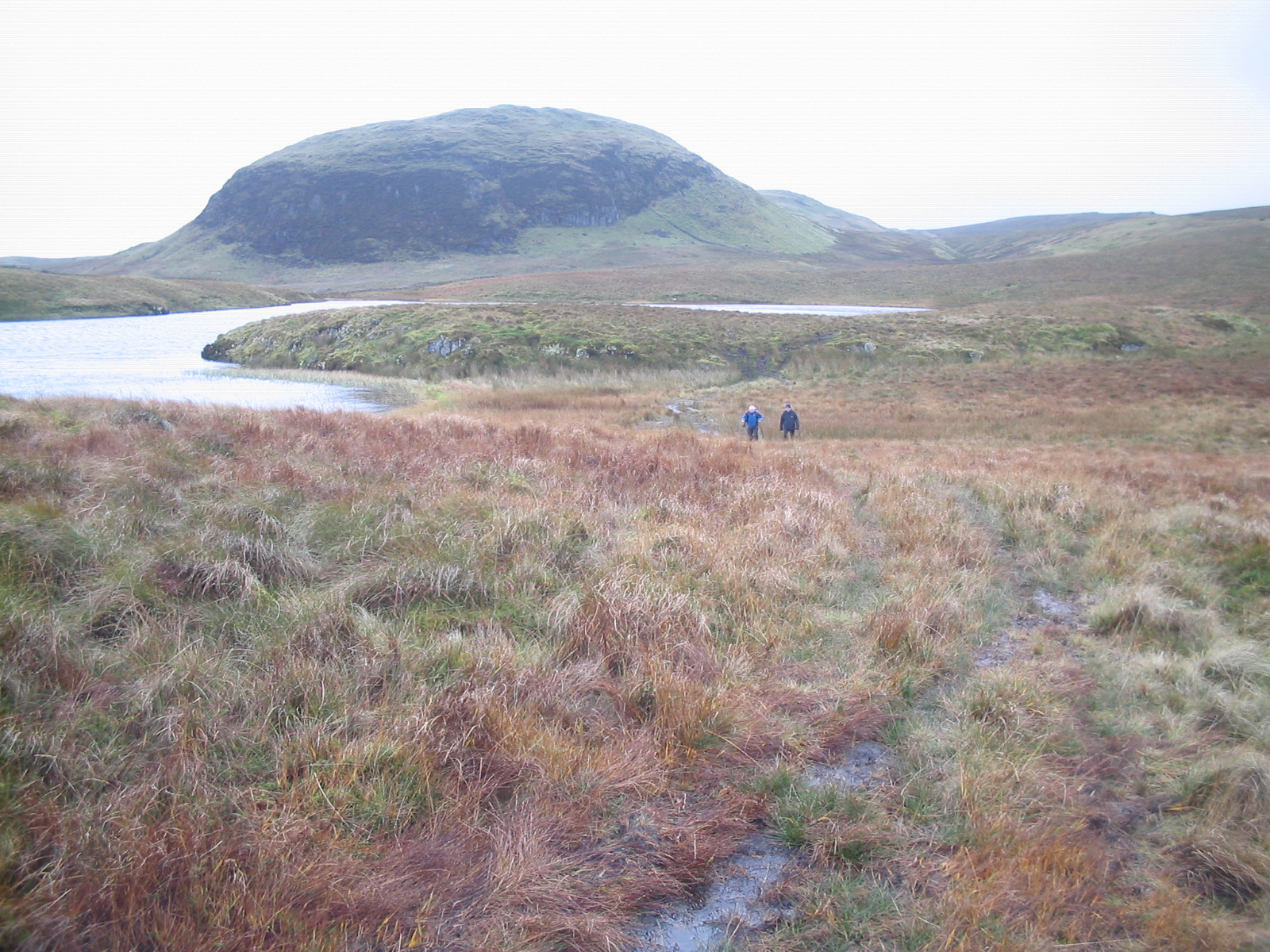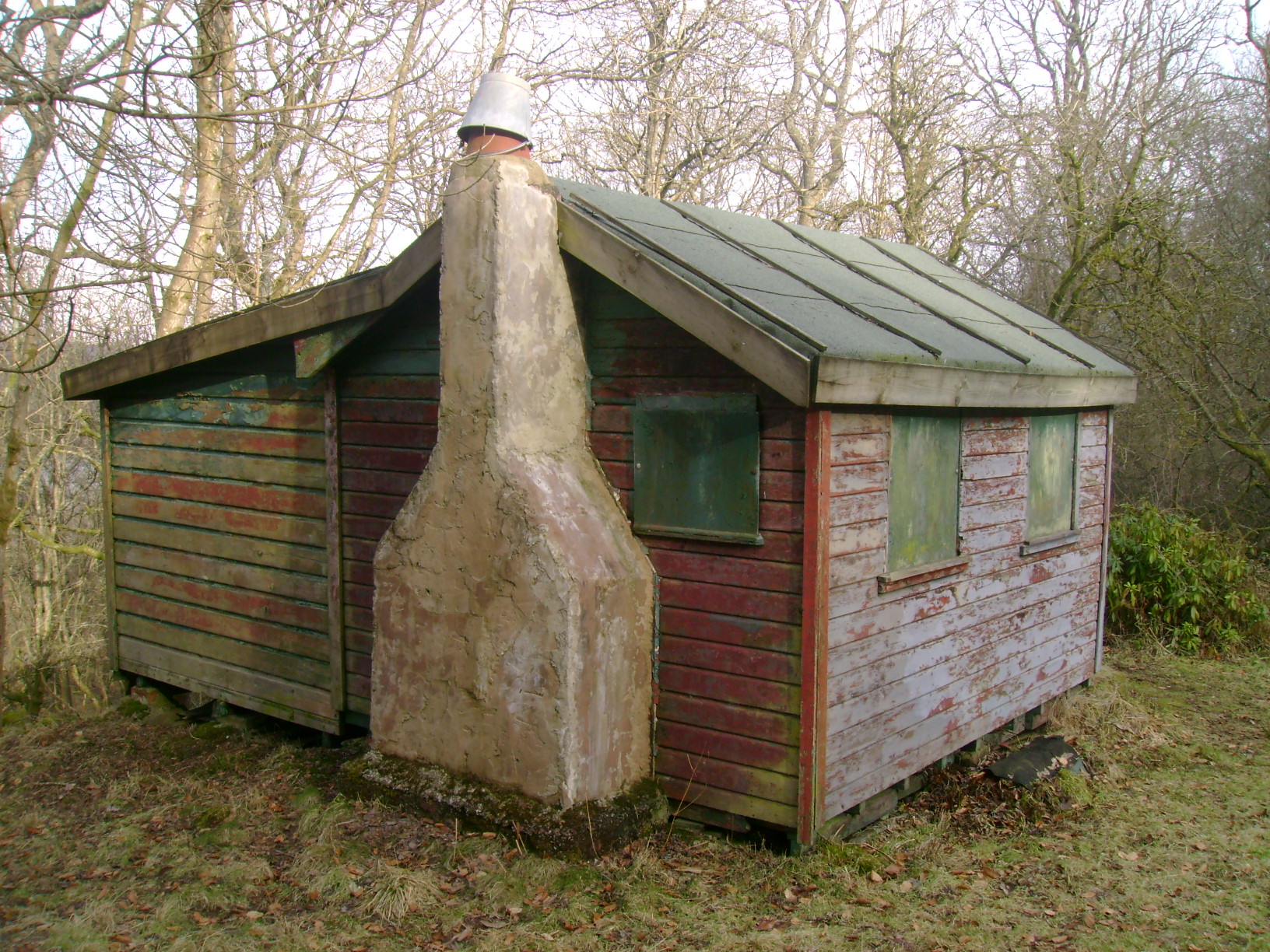Burncrooks Reservoir
Lake, Pool, Pond, Freshwater Marsh in Stirlingshire
Scotland
Burncrooks Reservoir

Burncrooks Reservoir is a man-made freshwater reservoir located in Stirlingshire, Scotland. Originally constructed in the 19th century to supply water to nearby towns and villages, it has since become a popular spot for outdoor recreation and wildlife observation.
The reservoir covers an area of approximately 21 hectares and is surrounded by rolling hills and forests, providing a picturesque backdrop for visitors. The water is clear and clean, making it suitable for a variety of water-based activities such as fishing, boating, and kayaking.
The reservoir is home to a diverse range of flora and fauna, including waterfowl, fish, and aquatic plants. Birdwatchers can spot species such as herons, swans, and ducks along the shoreline, while anglers can try their hand at catching trout and perch in the deeper waters.
Visitors can access Burncrooks Reservoir via a network of walking trails that wind through the surrounding countryside, offering stunning views of the water and surrounding landscape. The reservoir is a peaceful and tranquil spot, perfect for those looking to escape the hustle and bustle of city life and reconnect with nature.
If you have any feedback on the listing, please let us know in the comments section below.
Burncrooks Reservoir Images
Images are sourced within 2km of 55.981356/-4.4276949 or Grid Reference NS4879. Thanks to Geograph Open Source API. All images are credited.






Burncrooks Reservoir is located at Grid Ref: NS4879 (Lat: 55.981356, Lng: -4.4276949)
Unitary Authority: Stirling
Police Authority: Forth Valley
What 3 Words
///tablets.argued.craft. Near Duntocher, West Dunbartonshire
Nearby Locations
Related Wikis
Kilpatrick Hills
The Kilpatrick Hills are a range of hills in central Scotland, stretching from Dumbarton in the west to Strathblane in the east. Strathblane divides the...
Duncolm
Duncolm (Scottish Gaelic: Dùn Choluim) is a hill in Scotland. It is the highest point in both West Dunbartonshire and the Kilpatrick Hills, at an elevation...
Clydebank (district)
Clydebank (Scottish Gaelic: Bruach Chluaidh) was, from 1975 to 1996, one of nineteen local government districts in the Strathclyde region of Scotland,...
Carbeth
Carbeth is a hamlet in Stirlingshire, 2.5 miles (4 km) west of Strathblane and 5.5 miles (9 km) north of Clydebank. Named features include Carbeth Hill...
Nearby Amenities
Located within 500m of 55.981356,-4.4276949Have you been to Burncrooks Reservoir?
Leave your review of Burncrooks Reservoir below (or comments, questions and feedback).















